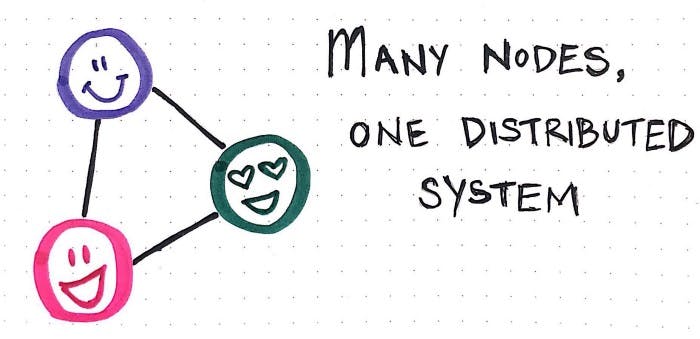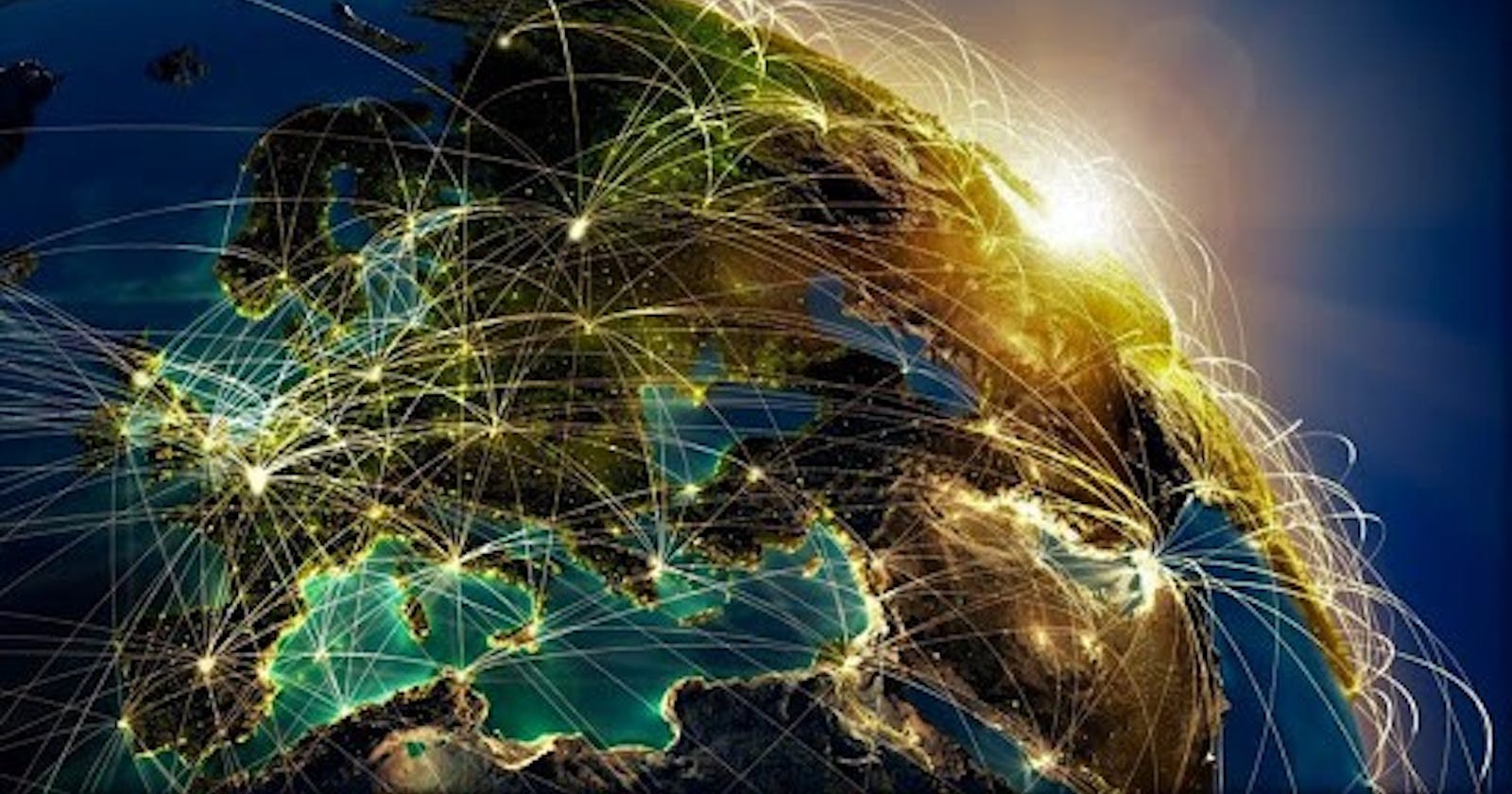What is the internet, how does it work? Who is the owner?
A summary about the internet ...
I started a new learning program and wanted to share my notes here. My goal: "Web Programming" I will follow the path on the roadmap to reach my goal. I will first learn the frontend and then the backend paths, and I will practice with the FreeCodeCamp.
Resources:
For both the frontend and the backend, first, paths start with this topic: "How does the Internet work?" There are many resources on this topic. Internet is a significant part of our daily life. Even if we are not a developer, life without it has become unthinkable. So how does the internetwork? How did such a network come about?
When we look at the resources related to the history of the Internet, we see the ARPANET (Advanced Research Projects Agency Network) project first. It arose while trying to create a communication network that would not collapse during the war. Now Netflix, Instagram, Youtube.
To create a network that does not collapse during the war, of course, a transition from a centralized system to a distributed architecture system was required. And that created internet access. Today, we continue to use internet access with distributed architecture, there is no centralized management. Thanks to this architecture, internet access has no owner. Its power comes from here, it does not have an elected leader, but the stronger wins.

So how does this information go from place to place? The answer is bits. It is transferred from one place to another in bit form. Of course, a physical form is needed for the transference. We have networks, wireless, and wires for this too :)
The information transmitted on the Internet consists of bits: "Binary information" The bit is a two-stage structure. Generally, 0 is used for off / not-on and 1 for on/off states. Because of this binary condition, the bit is called "binary code" If 8 bits come together it makes 1 byte if 1000 bytes come together it makes 1 kilobyte. Let's think before continuing, did you pay attention to the speed of your internet package? For example, 16 Mbps, is it familiar? 16 Mbps here is the transfer rate of information on the internet access. Mbps is the standard speed unit of the internet access and stands for Mega Bit Per Second. That is the number of Mega Bits transferred per second. The higher this number, the faster the transfer will be. Of course, this speed is limited according to the type of wires. Therefore, concepts such as fiber have entered our lives.
If the concept of bits is ok, let's move on to how they are sent. Physically, we use electricity, light, and radio waves. This system works on 0-1. For example, you sent an e-mail from your home computer to your friend. Mail is first converted into a binary system, ie bits. Now your message consists of only 0's and 1's. The source is your phone, and the target is the computer where your friend's email is on. The wires in between provide the communication between these two devices. Remember when you first connected the internet access to your home. Did they lay wires to your house? If you do not remember, pay attention to the wires coming out of the modem. A wire comes from outside. (Even if you connect to other networks via wifi or connect from a phone, the result always goes to a wire…) Our message, which has turned into bits, finds the target by passing through the wires and becomes readable by turning from bit to numbers and letters again. We have done the transmission.
So is it enough to transmit one bit per second? Of course not, imagine that a letter consists of 8 bits, and you spend 8 seconds on just one letter. It would be too bad. To increase this number of bits, we must increase the bandwidth. Bandwidth is the maximum transmission capacity of a device. It is measured by the bit rate, which is usually the number of bits we can send per second. Another measurement is the latency time. This measurement also looks at how long the transmission takes from the source to the destination.
Transmission of information with wires(means electricity) is cheaper but may result in loss of the signal. So yes, when you want to send a message to your neighbor next door, it will not be a problem, but when you send a message to your cousin in another country, electricity is useless and slow. At this point, the light comes into play.
We can transmit bits from one place to another in bundles of light using fiber-optic wires. These wires are glass yarns designed to reflect light. We said that the bits that travel in this wire are transmitted by light. As we know, light travels linearly and moves forward until it reflects. This happens inside the wire. The information transmitted by light proceeds in a zigzag pattern inside the wire. So what does this give us? It allows sending multiple bits at the same time. Transmission with light, i.e. fiber-optic cables, is a high speed, unlike electrical transmission, no signal loss occurs. But it is quite expensive and difficult to work with it. It is used for inter-oceans communication, and for that, fiber optic wires are routed beneath the oceans. So what happens if these wires are physically damaged? Communication is not provided.
Until now, we have told about wires that slowed down the signal or expensive of the process. So how would this work without wires? The answer is "RADIO Waves". We tried the electricity, we tried the light, now it's time for radio waves. Radio waves are used in wireless communication. So how do waves carry bits? There are 0's and 1's here, of course, they haven't changed. This time, transmission is made by converting it to different frequencies. Radio waves make information completely portable but cannot travel very far without a signal degrading. The radio waves here are wireless. Yes, you can use the wireless while drinking coffee in Starbucks, but if your house is not on the upper floor, you cannot use the Starbucks' internet access at your home. Let's say for the nonce, the wireless storage service that everyone thought of once, maybe happen one day :)
In summary, the advantages and disadvantages of the methods:

With the wireless connection on your phone, we first connect to an internet service provider (ISP-Internet Service Provider). Thanks to this internet service provider, we connect to other devices.
The Internet is essentially a "philosophy of design" and "an example of architecture expressed through a series of protocols" This design takes place through protocols. The protocol is a set of rules and standards that ensure seamless communication when all participants allow use.
The Internet is a very wide field as logic, as tools used, even just in terms of its concepts. In this article, I tried to touch on the logic of its naissance and its concrete form. You can access the Internet 101 series from the following links:
